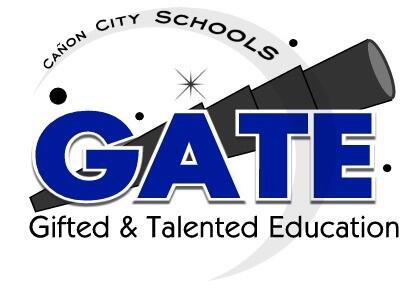Specific Talent Aptitudes

Gifted and Talented - Talent Placement Process
Talent Aptitudes Pathway
Talent aptitudes include: Visual Arts, Performing Arts, Music, Dance, Psychomotor*, Creative or Productive Thinking and Leadership.
Identification in specific talent aptitudes requires the examination of a variety of instruments and the multiple pathways that lead to identification. It is important educators understand the unique and varied characteristics a student may demonstrate in the talent domains. Within these areas, several years of talent development may be needed before formal gifted identification can be made. Students may be included in a talent pool to foster potential over time. The student may require further development to build a body of evidence that supports formal gifted identification.
To meet criteria for portability, a student's body of evidence must contain three (3) qualifying data points for a gifted identification in a talent domain. Often criterion- or norm-referenced assessments are not available in these areas; therefore performance evaluation is an important component in the body of evidence. If data from a valid and reliable test are not available to demonstrate exceptional ability, two (2) or more indicators in the performance area may be used to meet identification criteria along with an exceptional rating on an observation scale. In some cases, a norm-referenced scale may not provide an appropriate measure for certain talent domains. An observation scale that has been developed through analysis and research of the discipline may be used to provide qualifying evidence for talent identification only. Observation scales and performance evaluation scales should contain content and construct validity.
|
Talent Aptitudes |
Performance Evaluation |
Observation Scale |
Criterion- or Norm-referenced Test |
|---|---|---|---|
|
|
|
Identification in the area of psychomotor is designated for state- or national-level elite athletes who have received this ranking from the sport’s national governing body. These athletes may require a gifted determination to address the interventions necessary as a result of the amount of time the student is out of school or to earn credits for specific courses. Districts are not required to provide or financially support athletic coaching, training or competitions for students identified in this area.
The body of evidence for psychomotor identification would include three of the following four indicators:
- 95th percentile or above on the Gifted Evaluation Scale (GES) or Gifted Rating Scales (GRS) for Motivation;
- Portfolio that chronicles the student’s exceptional performance;
- Top state or national ranking as determined by the sport’s national governing body;
- Student or team receiving a top placement or ranking in a multi-state or national competition.
Check out the talent identification toolkit for each talent area on the Colorado Department of Education website. http://www.cde.state.co.us/gt/talentpath
Call the gifted and talented office if you would like to check out the process for each area.

.png)
